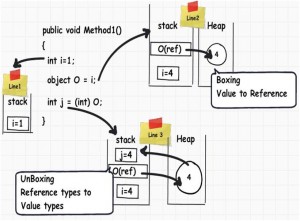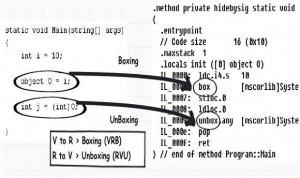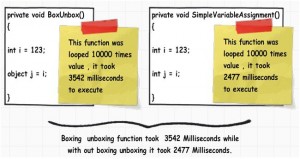The readonly keyword is a modifier that you can use on fields. When a field declaration includes a readonly modifier, assignments to the fields introduced by the declaration can only occur as part of the declaration or in a constructor in the same class.
You can assign a value to a readonly field only in the following contexts:
When the variable is initialized in the declaration, for example:
public readonly int y = 5;
For an instance field, in the instance constructors of the class that contains the field declaration, or for a static field, in the static constructor of the class that contains the field declaration. These are also the only contexts in which it is valid to pass a readonly field as an out or ref parameter.
Example
// Readonly fields
using System;
public class ReadOnlyTest
{
class MyClass
{
public int x;
public readonly int y = 25; // Initialize a readonly field
public readonly int z;
public MyClass()
{
z = 24; // Initialize a readonly instance field
}
public MyClass(int p1, int p2, int p3)
{
x = p1;
y = p2;
z = p3;
}
}
public static void Main()
{
MyClass p1= new MyClass(11, 21, 32); // OK
Console.WriteLine(“p1: x={0}, y={1}, z={2}” , p1.x, p1.y, p1.z);
MyClass p2 = new MyClass();
p2.x = 55; // OK
Console.WriteLine(“p2: x={0}, y={1}, z={2}” , p2.x, p2.y, p2.z);
}
}
Output:
p1: x=11, y=21, z=32
p2: x=55, y=25, z=24
In the preceding example, if you use a statement like this:
p2.y = 66; // Error
you will get the compiler error message:
The left-hand side of an assignment must be an l-value
which is the same error you get when you attempt to assign a value to a constant.
Note:
- The readonly keyword is different from the const keyword.
- A const field can only be initialized at the declaration of the field.
- A readonly field can be initialized either at the declaration or in a constructor.
Therefore, readonly fields can have different values depending on the constructor used. Also, while a const field is a compile-time constant, the readonly field can be used for runtime constants as in the following example:
public static readonly uint l1 = (uint) DateTime.Now.Ticks;



